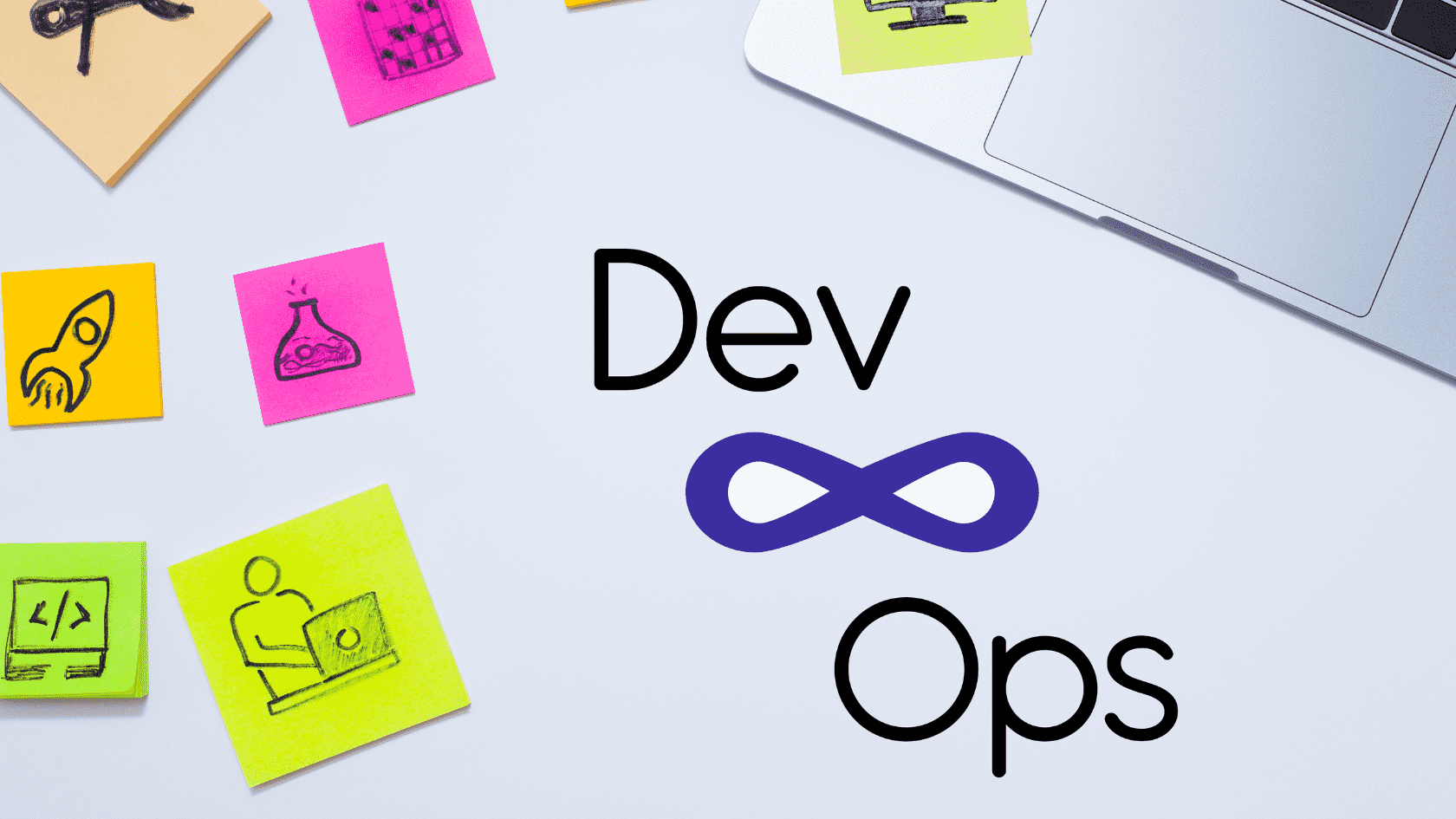"Developer marketing is all about finding the right balance between technical accuracy and human appeal."
- Brian Halligan
The hardest part of marketing to developers is actually getting them interested in your product. Developers are busy people, and they have lots of demands on their time. So, any marketing you do to them must break through all the noise.
Know your audience.
Developers are a diverse group of people with different needs, preferences, and goals. Before you can get a developer excited about your product, you need to know who they are as a person and what they want out of life—just like any other consumer.
- Understand their workflow: What are developers' main challenges in their day-to-day work? How do they typically solve them?
- Understand the environment that developers work in: What kind of tech stack do they use? Is there an existing platform/product similar to your product that they use?
- Understand the pain points: Are there particular features that will make this product stickier than others already? Is there something missing from existing solutions that could make all the difference for users' adoption efforts (or lack thereof)?
Emphasize your product's value as a developer platform.
Developers want to be able to use your product as a platform. They want a tool they can build on top of to create something that is more than the sum of its parts. In other words, they want to be able to take advantage of all the smart things you've done (be it in terms of data modeling, authentication and authorization, persistence, etc., or something else) but not have to recreate those things themselves. The more complex or unique your product is, the more critical it becomes for developers to understand how it works and how they can extend its functionality or integrate it with other systems through APIs and SDKs. If it's complicated and/or difficult for them to do so, they'll go elsewhere—and no one wants that!
Create content, lots of it.
You'll want to create content, lots of it. This includes blog posts, tutorials, videos, presentations, and developer portals that provide a clear and documented way to get started with your product. A developer portal should allow developers to download sample code and documentation for getting started with your platform. You can even provide a sandbox environment for them to play around in before they make any real-world investments (i.e., time or money).
The goal here is not only about getting developers excited about your product; it's also about creating an attractive place for them to hang out where they can share knowledge among themselves when working on similar problems or products from other companies within the same space.
Provide clear documentation
Developers are notoriously impatient people who often want to dive into coding as soon as possible. If you want them to become excited about using your product and you want them to build on top of it, then you need to make it easy for them.
Documentation is essential for developers. It should be easily accessible and written in a way that is understandable by anyone who may need it (even if they don't have much experience). The documentation should also be written in such a way that allows developers with different backgrounds or levels of expertise use it effectively—for example, if there's code-heavy documentation that doesn't include explanations of what the code does or why it exists, this can be frustrating and confusing for beginners who might not know how to read through code or debug mistakes themselves.
Consider setting up a bug bounty program for security issues.
Anyone can find a bug in your product. Not just your development team but also the competitors, hackers, and researchers. If you're not paying attention to the security of your application and don't have a bug bounty program in place, you could lose control of your users' data or even have systems exploited by bad actors.
One way to address this is with a bug bounty program: an initiative where developers are rewarded for finding flaws in software and disclosing them through established channels (think HackerOne). You will get a lot of all-important developer eyeballs. But more importantly, this can help identify potential security issues early on and help prevent exploitation when they inevitably occur in the future.
Organize meetups and hackathons.
Organizing meetups and hackathons are a great way to get developers involved with your product. These events allow you to share your vision, hear feedback and ideas, and recruit new talent.
Hackathons are particularly effective because they're collaborative, meaning developers will work together on coding projects or creating new products that align with your goals.
Get the benefits of developer-first marketing without the cost by hosting an open-source project on GitHub and including developers in the process from the get-go.
Why do developers like open-source projects?
GitHub is home to more than 20 million developers using the platform to manage their code and collaborate with others. Because it's so popular among developers, it makes sense that many would build their code repository on GitHub. Most of these tools are open source: anyone can use them for free as long as they abide by the license terms of whatever project they use. This means that you don't have to pay for anything if your team uses one or more of these developer-created tools!
Why does this help me?
It may sound counterintuitive at first glance: why should you put a bunch of code out there for people who aren't even part of your company? The benefits are twofold: (1) You get feedback from people in different industries and roles; (2) You get early adopters who will spread awareness about your product before launch time.
Developers are more likely to be excited about your product if you make them part of the process from the beginning.
If a developer has spent time helping to design and build a feature, they are more likely to implement it well. Developers who feel like they have ownership over the product will be more motivated than those who don't.
I've found that when I'm excited about something, it's pretty easy for me to get other people excited, too, especially if there's something tangible attached (like a demo video or screenshots).
There's no single recipe for getting developers excited about your product. A combination of transparency and technical innovation will always go a long way—but it also pays to be authentic and enthusiastic in your messaging. Of course, if you want to get really creative, you can always host an open-source community event like Hacktoberfest!






